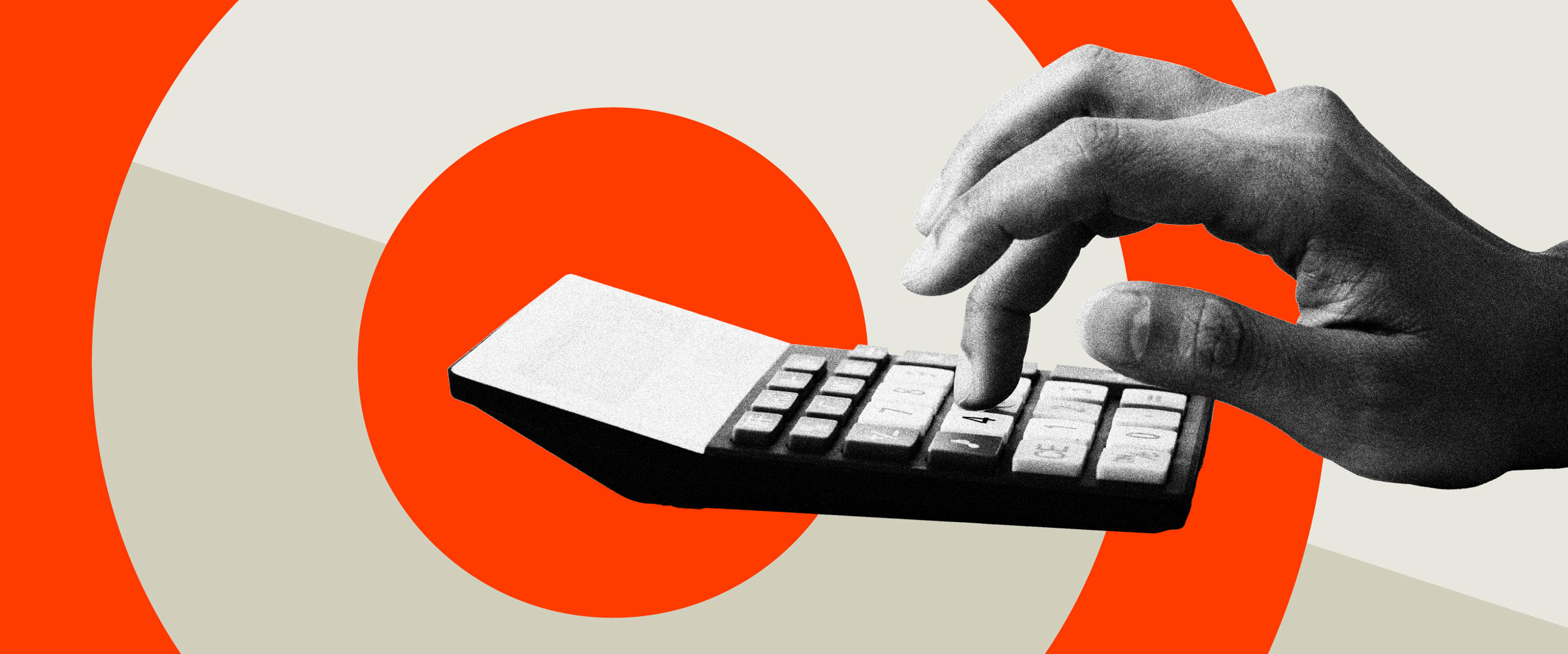
In most boardrooms, brand is misunderstood. Say the word, and it tends to trigger one of two reactions: vague nods of agreement or polite discomfort. It’s often filed under “important but intangible,” a function of marketing, a creative exercise, a discretionary spend to be weighed against harder, more measurable investments. But that perception is increasingly at odds with reality.
The evidence is mounting: brand is not just a communications tool or aesthetic layer. It’s a business system. A driver of margin, velocity, and enterprise value. The most resilient, high-performing companies don’t treat brand as a marketing cost. They treat it as strategic infrastructure.
Brand is the only asset that multiplies everything else.
It lowers CAC. It raises LTV. It drives pricing power. It accelerates conversion. It deepens retention. And it protects valuation in down markets. Not because it’s emotional or expressive, but because it creates clarity and trust—the two things most businesses are starving for in increasingly commoditized markets.
The data is hard to ignore. McKinsey’s research found that companies with strong brands deliver 31% more total return to shareholders than the MSCI World average over 20 years. Interbrand’s 2023 Best Global Brands report valued Apple’s brand alone at $502.6 billion, more than the GDP of Ireland. In M&A transactions, brand equity can command premiums of 30 to 50%, particularly in consumer sectors, according to Harvard Business Review. And Kantar’s BrandZ index—which tracks companies with the strongest brands—has consistently outperformed the S&P 500, even during periods of economic volatility.
So why the disconnect?
Because most companies don’t see brand working. It doesn’t show up neatly in a dashboard. It doesn’t spike the week after an activation. And it rarely makes headlines in a board update until it fails. That’s the paradox. When brand is working, everything else works better. When it’s not, everything becomes harder. And more expensive. Customer acquisition costs go up. Conversion rates go down. Sales teams get stuck explaining what should already be understood. The business begins to lean heavily on promotions and short-term performance marketing. Teams chase noise instead of building resonance. And when churn creeps in, the symptoms are addressed, but the root cause is missed. What looks like a performance issue is often a brand issue in disguise.
Because when the story isn’t clear, the product doesn’t feel distinct. When the promise isn’t consistent, trust decays. When trust decays, pricing becomes a race to the bottom. The brand—the thing that should be pulling its weight across every part of the business—starts adding drag instead of lift.
This is where the smartest companies separate themselves.They invest early in brand not because they’re trying to win awards or go viral. They invest because they understand brand as a compound asset. A force that scales beyond any one campaign or touchpoint. A system that makes the customer’s decision easier before a salesperson ever gets involved.
Apple understood this. It didn’t just market its products. It made them synonymous with trust, privacy, and elegance. Every interaction reinforced the brand’s positioning—from packaging to product design to Genius Bar service. Apple didn’t differentiate by being louder. It de-positioned its competitors by making them feel fragmented and intrusive. It sold simplicity in a world of noise. The result? A $3 trillion business where the brand is arguably the most valuable part of the balance sheet. In fact, a 2022 Brand Finance study found that Apple’s brand contributes an estimated 49% of its total enterprise value.
Salesforce did it too. It didn’t just build a better CRM. It reframed the entire industry with a single big idea: “No Software.” It made legacy platforms look slow, bloated, and obsolete. That wasn’t clever marketing. It was strategic de-positioning, reinforced by a seamless product ecosystem that backed the brand promise at every level.
Volvo made a similar play. In a sea of high-performance luxury messaging, it chose to own one thing: safety. And it committed to that idea with decades of consistency. While competitors competed on features, Volvo created a fortress of trust. Today, 92% of car buyers associate Volvo with safety first. That level of brand clarity is rare.
None of these outcomes happened by accident. They’re the result of seeing brand as a multiplier, not a message. Because brand doesn’t sit on top of the business. It runs through it. It shapes how teams talk. How products are built. How culture is sustained. And how customers experience value at every turn.
But this kind of brand-building requires a different mindset. One that treats brand not as a campaign, but as a capital investment. Like R&D, brand pays off over time. It requires conviction, not just budget. Discipline, not just creativity. And it’s only as powerful as the level of integration behind it. When brand is integrated across product, sales, service, and hiring, it creates coherence. And coherence is what builds trust at scale.
When it’s not, you see the signs: bloated decks, inconsistent messaging, disjointed onboarding experiences, and frustrated teams trying to fill the gaps. This is where the opportunity lies for forward-thinking leadership teams. To ask not, “How do we make the brand look better?” but “How do we make the business feel more trustworthy, more coherent, more customer-aligned?”
Because the market no longer rewards being different. It rewards being clear. Being consistent. Being the solution that makes the decision easy. Brand is the strategic lever that makes that happen. Not by shouting louder. But by solving harder. Not by saying more. But by saying the one thing that matters, and delivering on it without fail.
It’s not magic. It’s execution. But when done right, it compounds.
Brand isn’t a line item. It’s leverage. And it might be the most underutilized one in the modern enterprise. If you’re asking where your next 10% of growth is going to come from, look beyond tactics. Ask a harder question. Does the market truly understand what we solve? Does our story make our product feel distinct? Are we trusted before we show up, or only after we prove it?
In our world of infinite choice, the company that builds the clearest, most trusted brand wins.
Not once. Every time.



